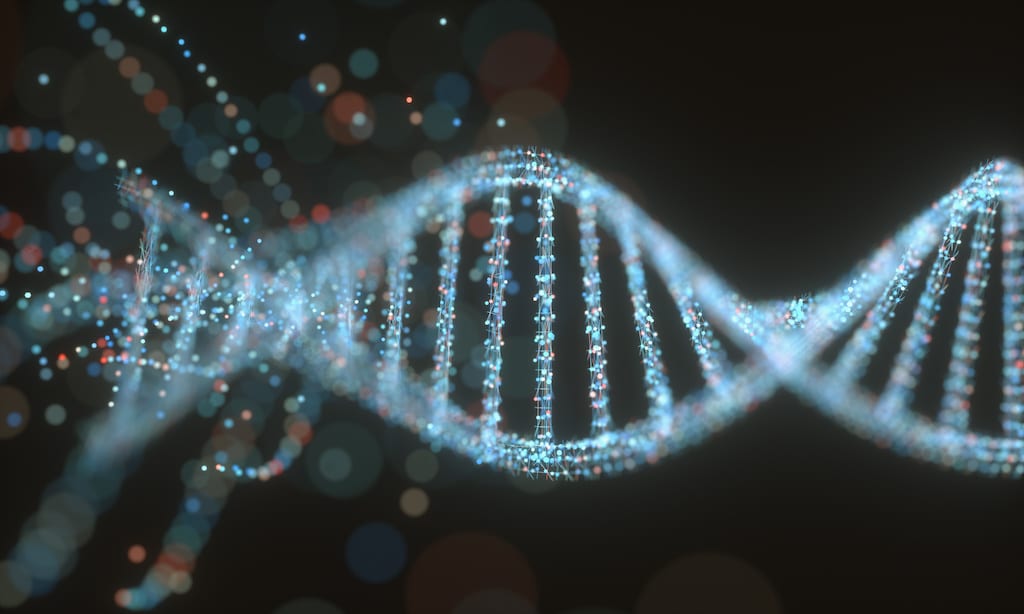Revealing ancestry can be achieved using genetic genealogy which is merely adding genetic information to the genealogy tests for the determination of ancestry. While genealogy was limited to pedigree and checking existing documents, DNA testing brought a considerable breakthrough. A simple DNA test can reveal the entire human genetic family tree, going much further back into history.
Gauging the possibilities that Genealogy research in Abruzzo has opened up, many committees have opened for promoting research in this particular field. So, now instead of basing the result of genealogy, why not give DNA testing a try for its higher reliability and depth of analysis?
What is genetic ancestry?
But first, we must gain clarity on terms like ‘genetic ancestry’ or ‘genetic inheritance,’ etc., to understand the concept deeply. Our genetic lineage can be determined by the human genome present in our cells, which contains DNA. So, genetic genealogy is entirely dependent on genetic history or family tree DNA.
Chromosomal Inheritance
There are mainly two types of DNA based on their location: nuclear DNA and mitochondrial DNA. With 22 autosomal DNA pairs and one sex DNA pair, chromosomes hold the nuclear DNA together. The sex DNA here can be of X and Y types of chromosomes. While women have 2 X-chromosomes, men have a pair of X and Y chromosomes.
Both the parents contribute to the genetic inheritance where their nuclear DNA combine to form the autosomal and sex DNA pairs. The X-DNA is passed on from the mother to every child and from father to the daughter (X-chromosomal inheritance). At the same time, Y-DNA is passed on from the father to the son (Y-chromosomal inheritance).
Lastly, the mtDNA is passed on by only mothers to their children, reflecting maternal mtDNA inheritance or maternal genetic lineage. Thus, nuclear DNA and mtDNA create genetic patterns that allow the study of family tree DNA and help with revealing ancestry .
Effects of Mutation
Due to the continuous copying and recombining of the DNAs, mutations are bound to occur over generations. These mutations in genes can cause hereditary defects, which can be harmless to even dangerous. However, this mainly depends on whether the mutated versions are present in both chromosome pairs.
These mutations can have a positive outcome and can impact a series of evolution as well. This alteration in the family tree DNA creates a substantial difference and acts as a genetic variation source. Moreover, as genetic variation is non-uniformly found on the planet, tracing ancestral roots becomes easy.
Genealogical DNA analysis
Now that you know the answer to ‘what is genetic ancestry,’ you must understand haplogroups and their significance here. It is a group of identical genetic profiles that indicate similar ancestral lineage. Genealogical DNA analysis hence discovers the degree of the ancestral line using genetic markers.
Also, as Y-DNA and mtDNA are inherited as direct copies, they are thus used for genetic marking.
Y-DNA Haplogroup (paternal lineage)
Y-DNA is an exact genetic marker of the paternal ancestral line. These are named by using letters from A-R, lowercase letters, and numbers, according to the convention developed by the Y Chromosome Consortium.
For instance, R1a is a haplogroup found exclusively in Europe, Northern Central Asia, and India. You can trace a significant concentration of it in Poland, Russia, and India’s Brahmins.
mtDNA Haplogroup (maternal lineage)
Due to the ease of availability and significant numbers of mtDNA copies available, it was preferred for cheaper analysis. Also, even in the old remains, a human genetic family tree could only be traced using this due to the degeneration of nuclear DNAs.
Thus, it allowed maternal lineage’s resurrection, and its numbers indicate a globally dominating mitochondrial/maternal ancestry. It is globally distinguished as:
Asia: A, B, C, D, E, F, G
America (Natives): A, B, C, D, X
Middle East: J, N
Etc.
Autosomal DNA and X-DNA
Studying the Autosomal and X DNAs over time can be rather complicated due to innumerable genetic mutations and variations. Drawing genealogical patterns from these requires a considerably large test group. Studying their lineage can aid in clustering data and representation in the form of family tree DNA.
This way, a lineage and relationship can be drawn out—the more extended the identical segment, the closer the relation and its ancestral line.
Summing up
Much research is being conducted for revealing ancestry across ancestral lines and family relations using millions of people’s DNA. Though mutations and hereditary defects can make it difficult to draw clear conclusions, these are still enough to draw a particular lineage. Thus, developing a human genetic family tree is made possible via genetic genealogy and will allow further discoveries.








